Just a quick one this Christmas week. On December 10, 2017, ForgottenFan Mary Beth and I went on the Flushing Holiday House tour, which had been going on for thirty years, but nonetheless, I only became aware of it in 2016 after 23 years living in Flushing and Little Neck. Flushing has a motherlode of historic structures built in the 1600s, 1700s and 1800s, and six of them opened their doors on this day (sponsored by the Queens Historical society, for one low price), doors that are not often opened to the public in some cases. A seventh site, the Louis Armstrong House in Corona, was also on the tour, but that would require a shuttle bus, and the buildings were only open from 12 to 5 — we couldn’t have done the other six justice.
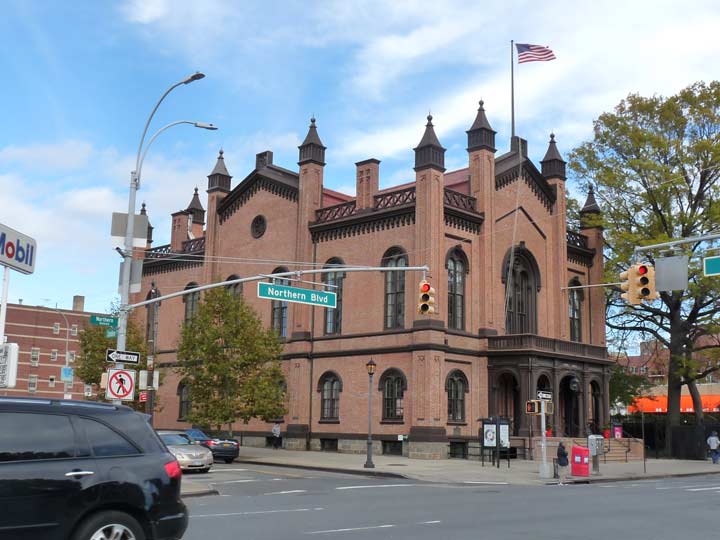
Flushing Town Hall, constructed in 1862, is a reminder of the days before Flushing became a part of Queens and then a part of New York City. Frederick Douglass and P.T. Barnum appeared here during their heyday. After NYC consolidation in 1898, Flushing Town Hall became a municipal courthouse, but it suffered from a gradual deterioration over the decades; there were fitful attempts to turn it into an anthropological museum in the 1970s. When I first moved to Flushing in 1993 it was a rundown heap protected by chicken wire from ever-present vandals.
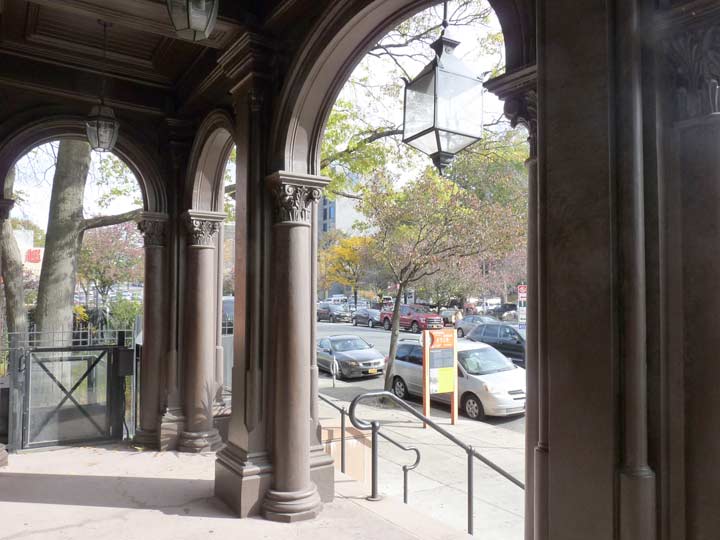
The story does have a happy ending. Town Hall was magnificently restored in 1995 by the architects Platt Byard Dovell and it is currently the seat of the Flushing Council on Culture and the Arts. The magnificent building is now a vibrant locale for local arts programs and jazz concerts.
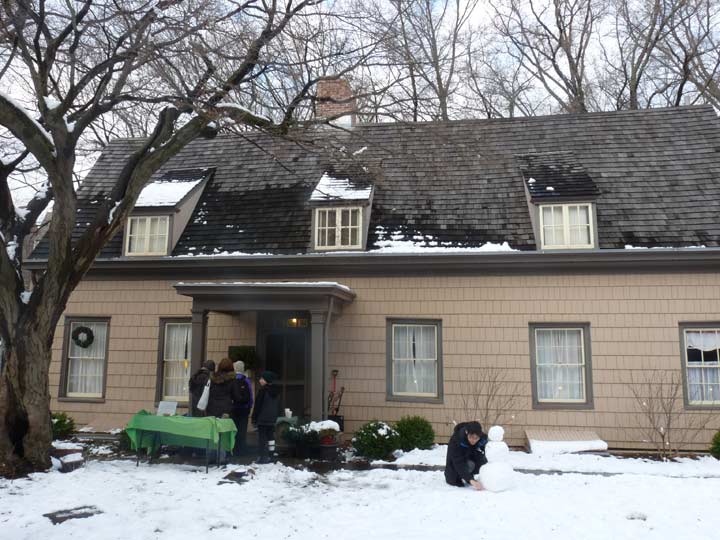
Seen above is Flushing’s oldest building. English settler and Quaker John Bowne built this house in Flushing Village in 1661, on what would become Bowne Street at 37th Avenue. His house was the primary site for Quaker services. Sentenced to pay a hefty fine by the Director General, who only tolerated the Dutch reformed Church in New Netherland, Bowne refused and was jailed; he was subsequently exiled to Holland by Stuyvesant.
While he was there, Stuyvesant’s bosses at the Dutch West India Company reversed Stuyvesant’s non-tolerant policy, claiming that the colony needed many immigrants to ensure economic expansion, no matter what faith they were.
The Bowne House today has added a couple of ells since 1661, but it looks much he same as it always has in photographs and postcards. Sadly it can be visited by the public only during three hours each Wednesday, from 1 to 4 PM, or by appointment.
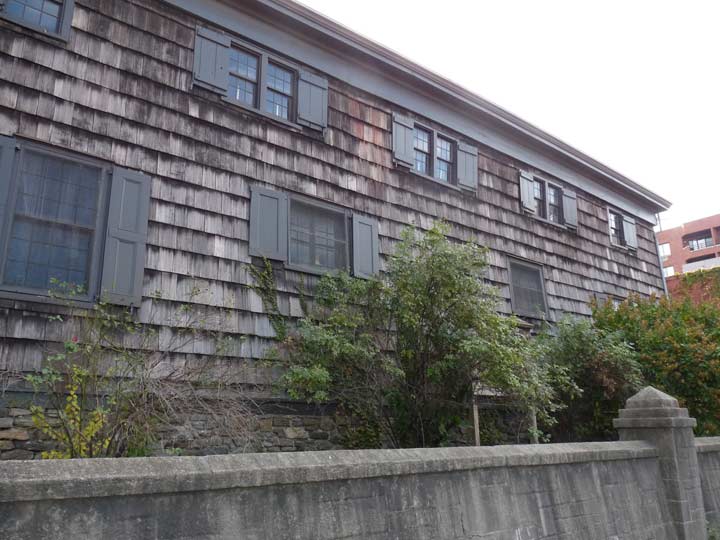
The Quaker Meetinghouse, younger than the Bowne House by 31 years, opened because of Stuyvesant’s religious intolerance. In 1657, Quakers living in Flushing sent a letter to Stuyvesant in that year that has come to be known as the Flushing Remonstrance, that reiterated the settlers’ desire for religious freedom. The document was signed by Flushing’s town clerk and sheriff, who were not Quakers but Dutch Reformed Church members; nevertheless, they too spent time in prison.

37 years after the Flushing Remonstrance was presented to Stuyvesant, this meetinghouse was raised in 1694. At the rear you’ll find a quiet churchyard with graves hundreds of years old that makes quite a rural riposte to bustling Northern Boulevard. More old stones can be found at St. George Church at Main Street and 37th Avenue; that church, where Francis Lewis of Declaration-signing and Queens Boulevard fame was a vestryman, dates to 1854.
True to the building’s name, the Meetinghouse is open to all on Sundays, but Quakers do not hold services per se, but they do convene on Sundays for meetings for religious-themed discussions.

Since the Latimer House was shrouded in construction netting in late 2017, I’ll use an older photo here.
At Leavitt and 137th Streets is the modest porched house that once was home to Lewis Latimer (1848-1928), inventor and engineer. Latimer was born in Massachusetts to parents formerly held in slavery in Virginia. He enlisted in the U.S. Navy in 1864 and upon his release answered an ad for an office assistant from the patent law firm of Crosby and Gould, ascended to head draftsman, and discovered he had a knack for invention.
While still at Crosby and Gould, Latimer assisted Alexander Graham Bell, providing the drawings for Bell’s patent application for the telephone; after leaving the law firm, latimer joined the U.S. Electric Lighting Co., a chief rival of Thomas Edison. There he would produce a long-lasting carbon filament that was a major improvement on Edison’s 1878 electric lightbulb; Edison’s filaments, which used bamboo filaments, burned out quickly, making early bulbs impractical. Latimer also developed the first threaded lightbulb socket and assisted in the installation of New York City’s first electric streetlamps, among many other inventions.
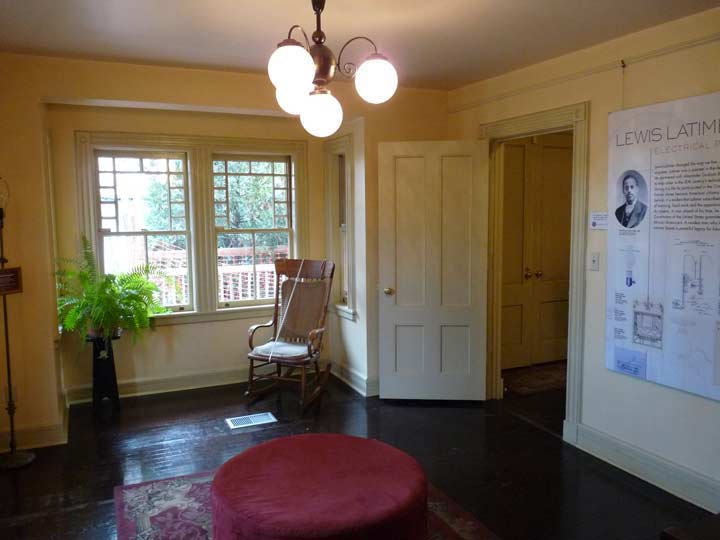
In 1995, the house was carefully moved from its original location on Holly Avenue. It underwent a renovation that brought it closer to its appearance when Latimer and his family resided there, and has been opened as a museum. The building is currently undergoing a second exterior renovation.
Read more by Suzanne Spellen at Brownstoner.
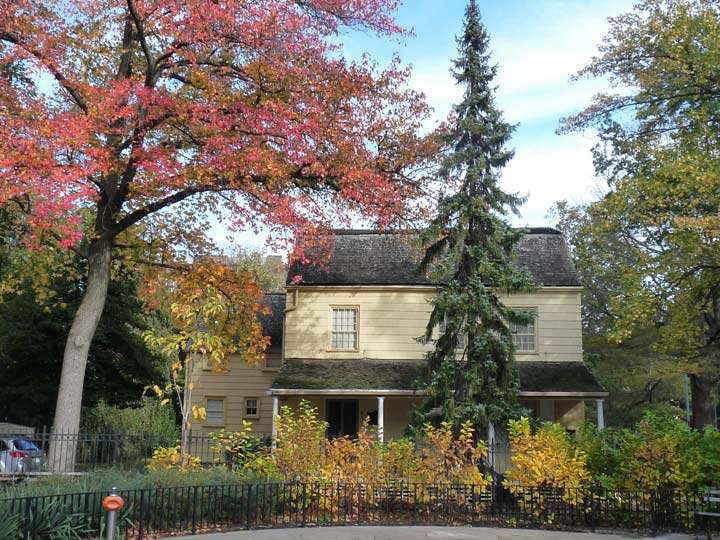
Amazingly, though Flushing can claim two buildings from the 17th century (Manhattan has none), 18th century buildings are few and far between.
The Kingsland Homestead, 37th Avenue at Bowne Park, has been located in three sites since its construction in about 1790. In the 1920s it was moved to make way for the Flushing subway; before 1968 it was located at the southeast corner of Roosevelt Avenue and 155th Street, where it was beginning to become rundown. The Queens Historical Society had it moved to its present location in Bowne Park, and the Society is housed in the homestead now.
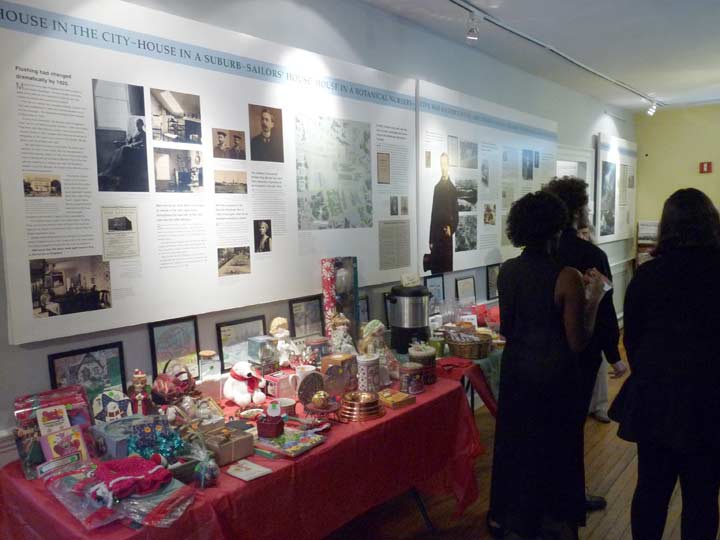
Quaker Joseph Doughty constructed this building around 1785-1790. It is named for his son-in-law, sea captain Joseph King, who bought it in 1802. It was later occupied by the Murray family, who gave their name to Murray Hill and Murray Street in east Flushing, well into the 20th century. The interior of the homestead has been preserved pretty much as it was in the 19th century, and a public exhibit by the Queens Historical Society occupies much of the first floor, which includes a representation of the Flushing Remonstrance.
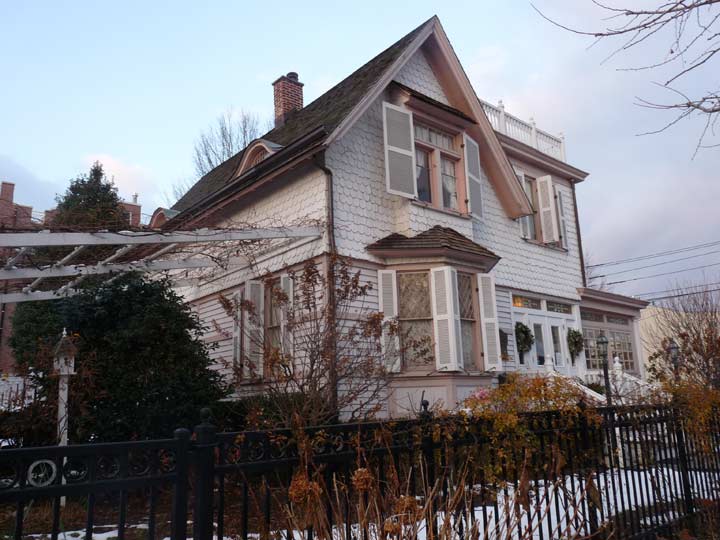
Chalk one up for the good guys!
A Victorian-era residence, the kind that have long been displaced in Flushing by boring, monolithic apartments and blond brick two-family homes (you know the type… concrete driveways and prominent water meters) has been preserved as a museum.
One of the rare survivors, a small, two-story house painted pink and white, at 149-19 38th Avenue, just south of Northern Boulevard, has not only been allowed to stand but has been restored to full Victorian-era glory.
It begins with its resident for 69 years, Betty Voelker-Orth, who was born in the house in 1926 and lived there until 1995, when she died from complications from an automobile accident. In her will, Mrs. Voelker-Orth, an English literature teacher, nature lover and birdwatcher, left her house to the Queens Historical Society, the Queens Botanical Society and the Audubon Society with the proviso that it be converted into a museum, bird sanctuary and Victorian garden, a specific type of garden employing colorful tropical plants in season, along with ornamental elements such as urns, benches, gazebos and statuary. Mrs. Voelker-Orth left a good part of her fortune, which amounted to millions, to the prospective museum as well.

Of all the stops on the Holiday House tour, the Voelker House was the most festive, with a pianist playing and singing Christmas carols. The place was packed with happy revelers.
Completed in 2001, the Voelker-Orth Museum stands as both a testament to Flushing’s old Victorian history and as a small nature retreat. You may contact the museum for guided tours and exhibits at 718-359-6227.
Happy holidays!
Check out the ForgottenBook, take a look at the gift shop, and as always, “comment…as you see fit.”
12/24/17

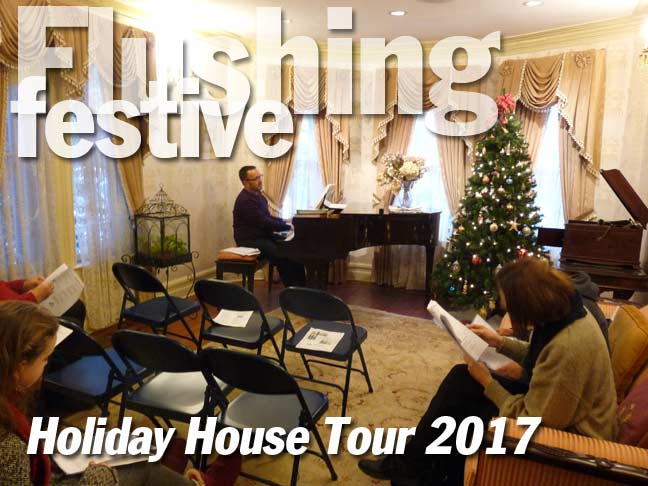
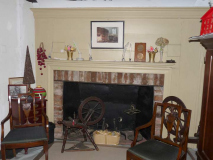
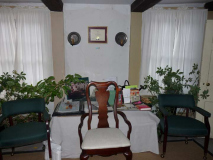
4 comments
From 1974-78 I lied on 38th Avenue (Lincoln Gardens) nearly across the street from the Voelker-Orth house. In those years it had seen better days.
In 1977 Flushing Town Hall reopened as a dinner theater. There was a series of plays which were followed by dinner which was served in a separate part of the building. Subscriptions were offered. I became a subscriber but, if memory serves me correctly, this was the first & only season (in fact, I think the last play was cancelled). My then wife & I bought a co-op in Holliswood & moved on. Thanks for the memories.
Overnight I remembered how the Town Hall theater story played out. The company sent a notice that the last production in the series would be performed somewhere in the fairgrounds & there would be no meal service afterwards. And so, goodbye to theater in Flushing. The plays were original works & not really noteworthy & the dinners were respectable mediocrities but it was within walking distance of home. A pleasant evening out during the Son Of Sam era.
BTW: sorry about the typo in my first paragraph: it should read ..I lived not “I lied”.
Happy Holidays!!!
When is the tour this year I want to go on it.